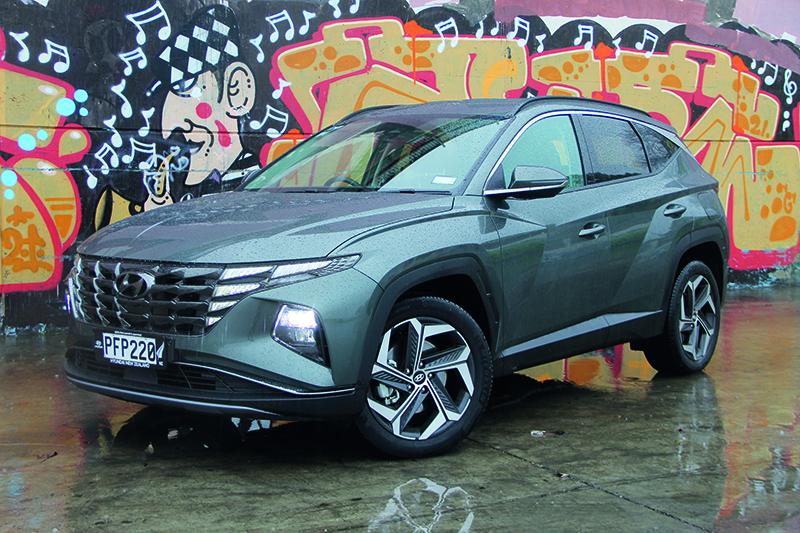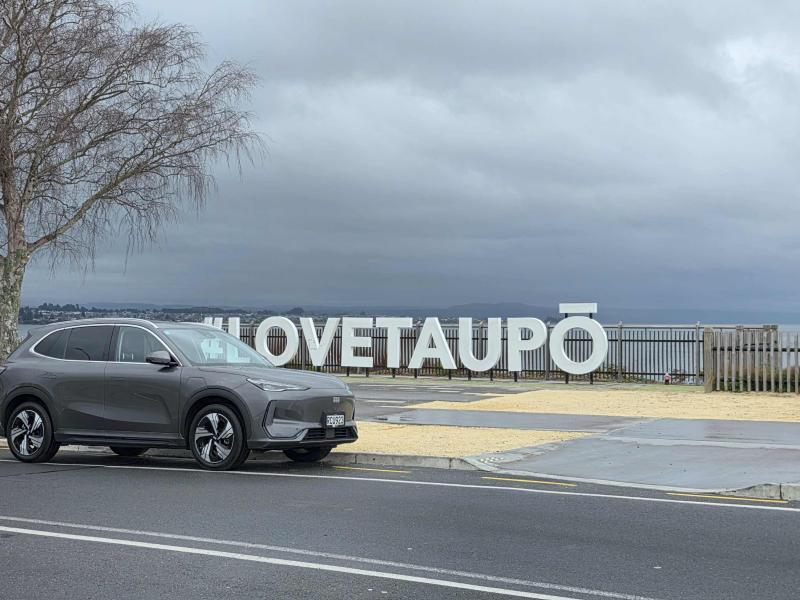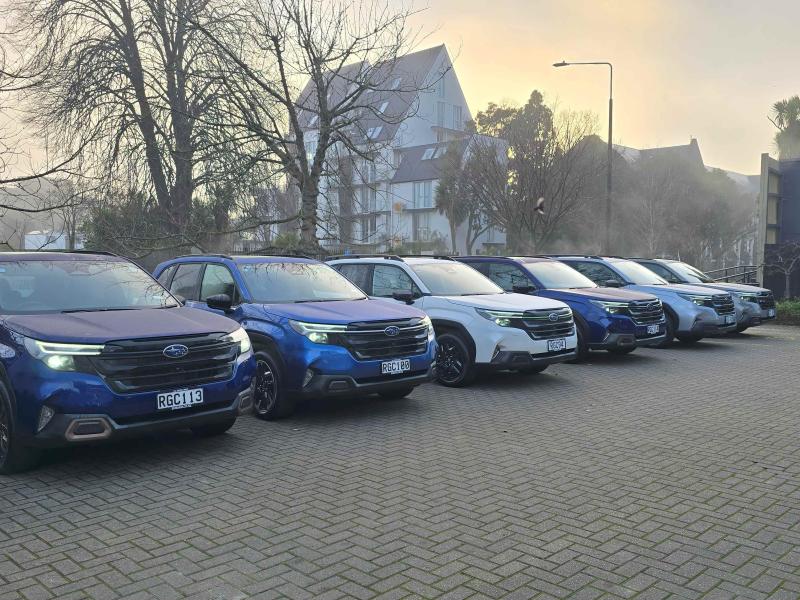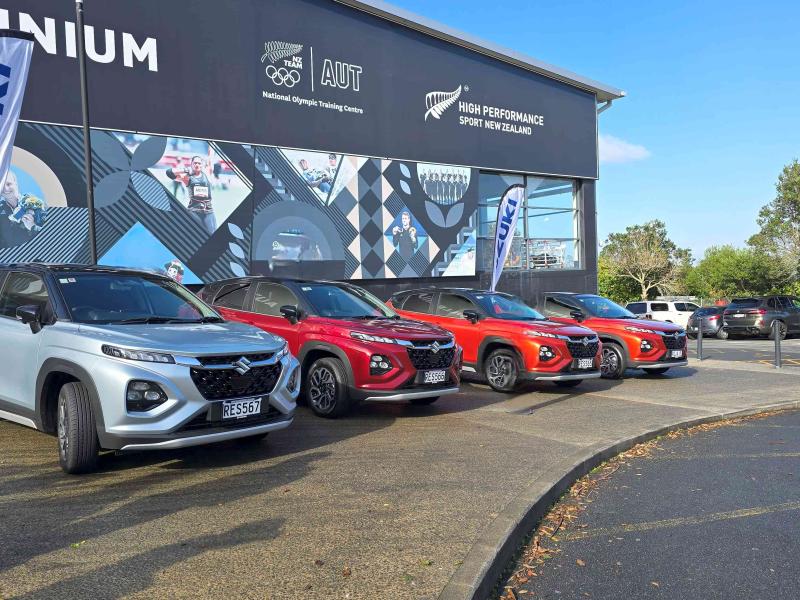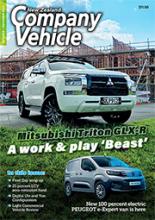With EVs dominating the motoring headlines there is a sense of ‘second cousin syndrome’ when it comes to hybrids, but these vehicles make more sense for daily drivers than many might suppose.
And that leads me to the review of the self-charging version of Hyundai’s hybrid Tucson.
A turbocharged 1.6-litre, 2WD Elite self-charging hybrid Tucson to be precise, one fourth of the self-charging hybrid quartet from Hyundai, two being front-wheel and two being all-wheel drive.
The Korean brand has a plug-in AND a self-charging hybrid Tucson available, but it is the self-charger which we are looking at here.
Tucson for 2022 tracks well in the tyre prints of its predecessor – the Company Vehicle Medium SUV winner for 2019 – with much more assertive exterior styling cues, hence the ‘cutting edge’ marketing tagline. The chiselled look took some getting used to, largely because it is different than what we expect to see from SUVs which tend towards curvy styling.
Once you have identified with being the swan among the geese, yep, that ‘cutting edge’ thing really works and is made all the better with the Tucson’s characteristic ‘eagle’s wing’ headlights.
We have in the past, mentioned ‘well laid out cabins’ as a feature of certain vehicle, but the Tucson goes one or two steps beyond.
Not only is this cabin well laid out it has so much stuff built into it, and all exactly where you intuitively think it is, as to beggar belief.
The Tucson has it all and all in the right place, which crowns it king of the well-sorted cabins.
With one exception… gears. The Tucson adopts the push-button gear selector of the Kona.
You do have to be mindful that it takes time for the electronic brains to alter direction. Listen for the soft chime that tells you when the gear you want has been selected.
On a more – actually, supremely – positive note, I was impressed at the Tucson’s ability to go where I wanted it to without any hesitation.
Road, gravel, dirt, sand, dune-lands, all can be traversed easily and – if there is any doubt – the drive selector for Drive or Terrain provides just a little reassurance. This is a 2WD vehicle remember.
But it is the economy that really sells the Tucson hybrid for me. Hyundai claims a 4.9 litre per 100km fuel figure, but this is a very conservative figure.
We saw 4.3 l/100km as a best score, but 4.5 was more common and achieved without any effort.
Instead, the petrol/electric engine combination switched seamlessly – and I don’t use that word lightly, it was difficult to detect the transition from dino-juice to lightning bolts – as it felt the need.
Tucson’s model range is Hyundai’s largest, but the pick of them all IMHO is the self-charging hybrid.


